If you’re a reader like me, sometimes all you want to do is curl up with one of your all-time favorite reads. While the experience is usually quite pleasant, sometimes it can be a little awkward. Maybe the writing isn’t as good as you remember or perhaps the main character is actually problematic af. It’s a letdown for sure and one that can almost make you stop revisiting old faves altogether.
But thankfully, there are some books that do in fact stand the test of time. In the spirit of celebrating those eternal gems, I thought I’d gather up some children’s novels that are well-deserving of a second read. They’re funny, smart, tender, and sweet, all brimming with messages still worthy of being heard.
Check ‘em out below and let me know if I missed any of your favorites!
The Princess Bride
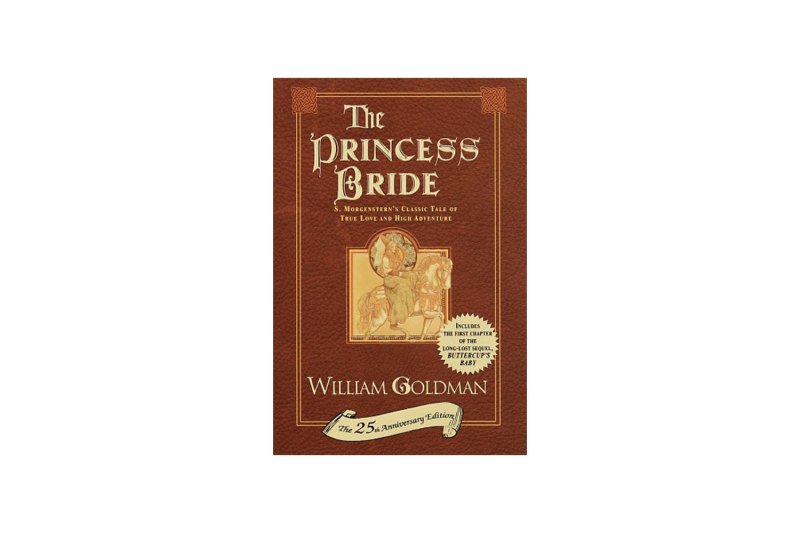
While the movie version of The Princess Bride is without a doubt fantastic, the book upon which it is based is, arguably, even better. I read it for the first time when I was a little pipsqueak 6th grader and fell in love with the zany Renaissance world William Goldman created. Not only were the characters so sublimely singular, but the dialogue they spoke was some of the first to ever make me laugh out loud. Thankfully, a recent re-read of the text proved that this classic has staying power and is sure to enchant readers for generations to come. Truly, it’s a fairy tale that only gets more compelling — and strange — the more times you read it.
A Wrinkle in Time
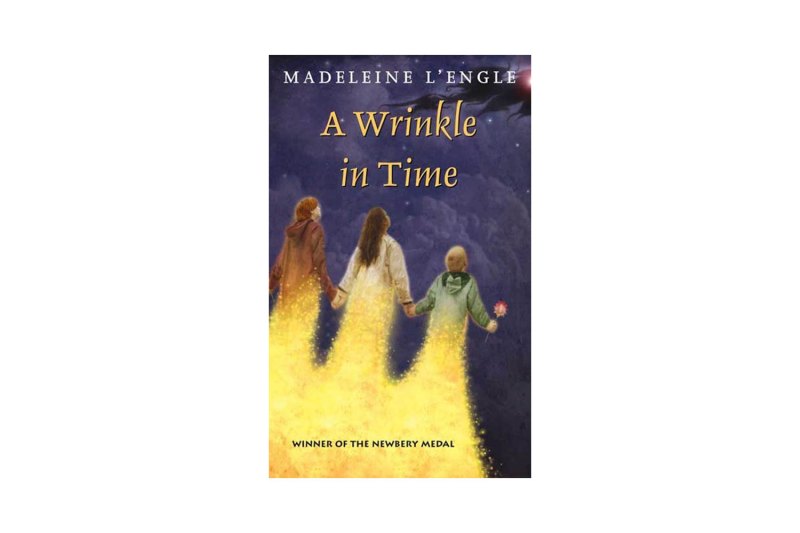
A Wrinkle in Time is a masterful jewel box of a children’s novel. From the very first pages, you’re whisked away into a colorful, vibrant, and intoxicating alternate reality in which time and space truly mean nothing. While the pacing of the story is propulsive enough to engage young minds, the questions L’Engle raises about good and evil only get more interesting the older you get. For me, re-reading A Wrinkle in Time always feels like a time jump in and of itself. I’m brought back to being on the floor of my 7th grade Language Arts classroom, hunched over its pages, discovering a world like none I’d ever seen before.
The Phantom Tollbooth
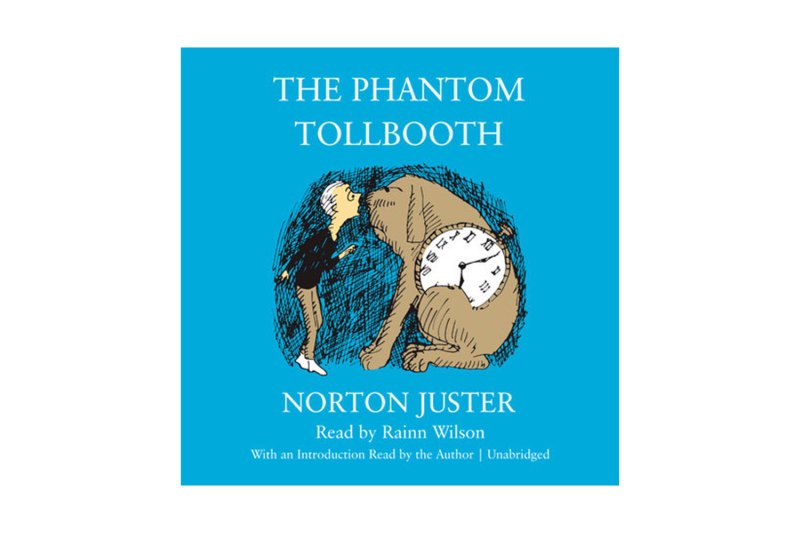
As a kid, The Phantom Tollbooth was one of the first books to make me feel smart. Full of puns, wordplay, and syntactical gags, the writing was challenging, something a young, nerdy mind could “get” if they paid enough attention. And oh how I endeavored to pay attention to the adventures of young Milo, who magically stumbles into the Kingdom of Wisdom and has to use the lessons he learned at school to find his way back home. In that way, Tollbooth is as much about the power of education as it is anything else, a truth that makes the book as relevant today as it was in the dewy days of our youth.
His Dark Materials
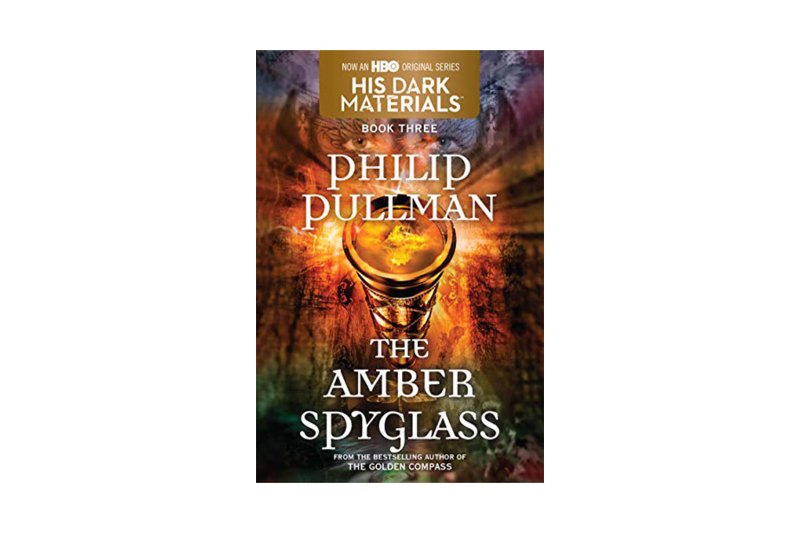
I love His Dark Materials. The fantasy trilogy (comprised of The Golden Compass, The Subtle Knife, and The Amber Spyglass) follows young Lyra Belacqua and Will Parry as they adventure through a series of strange, beautiful, and terrifying parallel universes. Trying to describe the plot of His Dark Materials is a fool’s errand because it’s so dense and complex, but I’ll just say that it involves philosophical quandaries, vicious angels, and plenty of fierce witches. Reading it as a 13-year-old was a thrilling revelation, and I was recently surprised to find that it hits the same way now. The writing is gorgeous, the characters plucky and imperfect. Definitely recommended for any of those little nerds looking to get back in touch with their fantasy roots.
The Little Prince
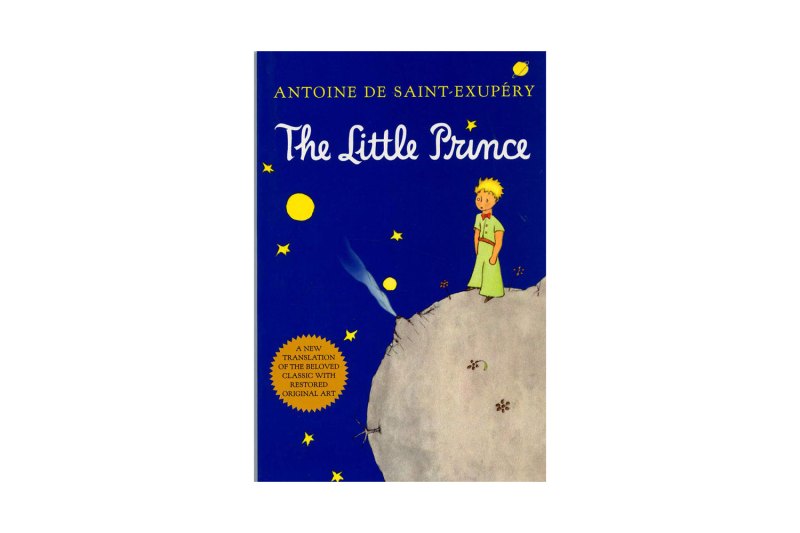
Alright, I know this is a big swing, but hear me out: The Little Prince is the most beautiful book ever written. Not only is it exquisitely illustrated, but it touches on themes of friendship, love, and loss in a way that surprises and delights. It’s a tender love letter to letting go and making peace with the ephemeral nature of life. Written for kids, sure, but the language is so well-crafted that it feels fresh no matter when you read it. I know I turn to my copy at least once a year and find a lot of solace in the somber tale of our sweet little prince.
Charlotte’s Web
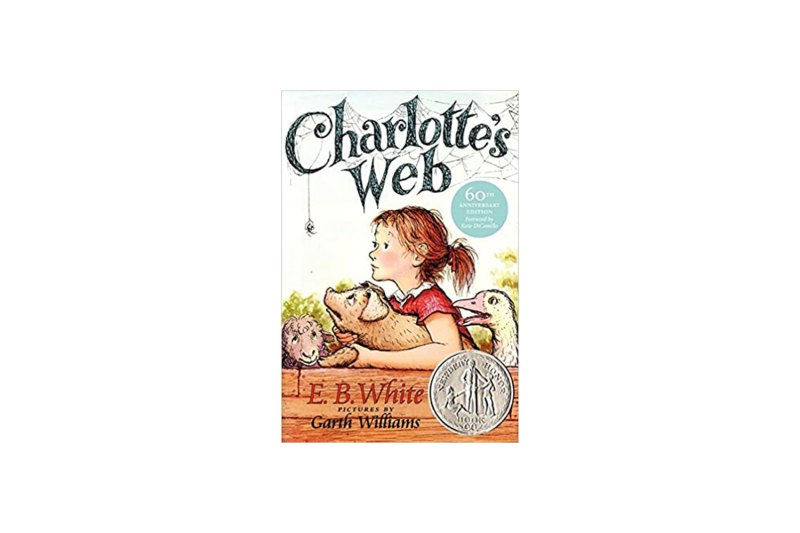
You can’t really talk about re-readable children’s books without mentioning Charlotte’s Web. Perhaps my first real favorite read, this classic novel details the friendship between livestock pig Wilbur and barn spider Charlotte. Though the plot is a little strange (when Wilbur is about to go to the slaughterhouse, Charlotte starts writing positive messages about the pig in her web), the sentiment is sweet and wonderfully tender. Plus, the writing is actually super funny and benefits greatly from E.B. White’s wry observational humor. A gem of a book whose message of friendship and resilience is as relevant today as it was when we were kids.
Alright, well that does it for this round-up! For more literary fodder, head on over to our special Books hub where we’ve compiled some of our all-time favorite reads.


